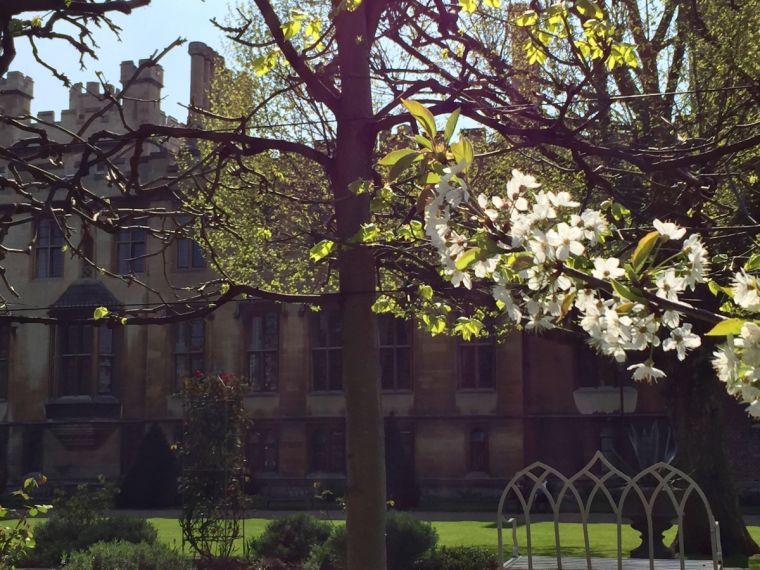Walk - and pray - in the footsteps of Archbishop Cranmer and Cardinal Pole in the private gardens at Lambeth Palace
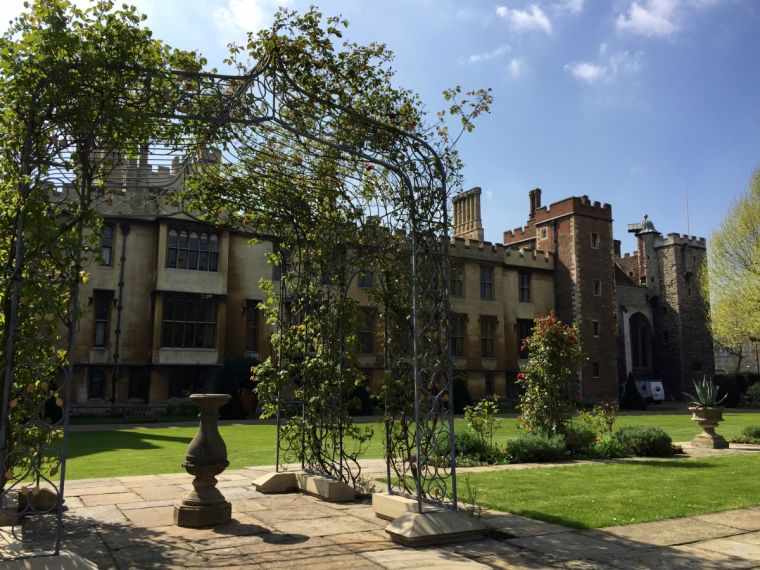
A rare chance to explore the 12th-century private garden which has graced the home of Archbishops of Canterbury since the middle ages is now on offer to Londoners and visitors to the capital.
Lambeth Palace Gardens, 13 acres of beautiful lawn, blossom, flowers and trees, opened to the public today and will be open for a few hours only on the first Friday of every month until the end of August.
London's oldest continuously-cultivated gardens, they were restored and redesigned in 1986 by Rosalind Runcie, wife of the late Robert Runcie, who preceded Lord Carey as Archbishop of Canterbury. Rosalind and Robert's son James Runcie, the oldest of their two children, is a well-known author who wrote the Grantchester series of novels, now a hit TV series.
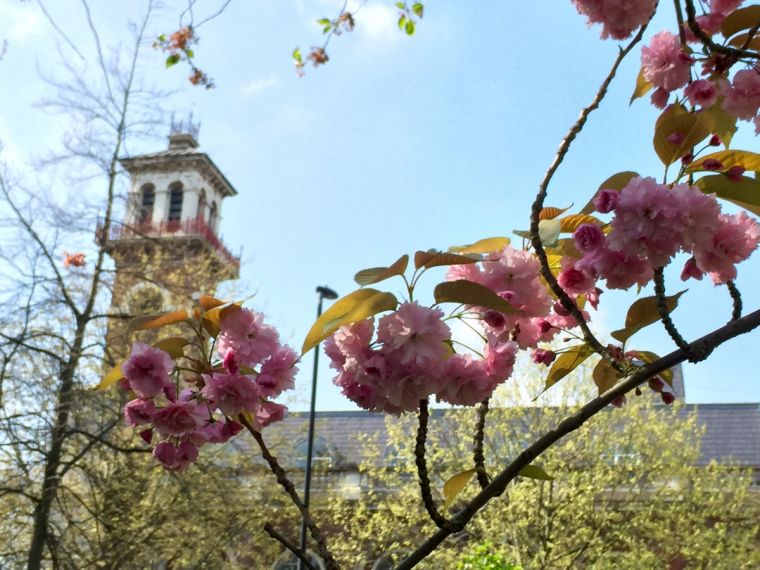
Just yards from the Palace of Westminster and overlooked by Evelina Children's Hospital at St Thomas', the pond at Lambeth Palace is almost deserted, even on a day when the gardens are open to the public. There could hardly be a better place to reflect on the beauty of God's creation, and at the same time never forgetting, and praying, for all affected by the suffering and the stress of life at the heart of London.
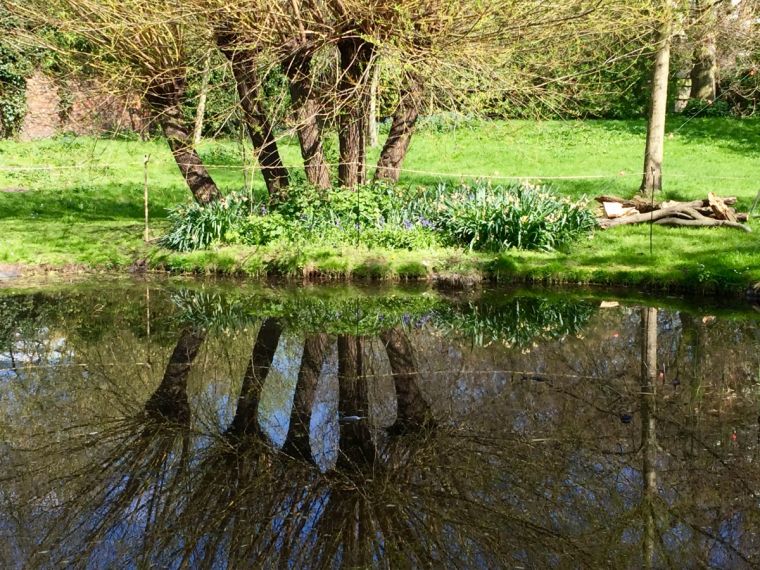
The gardens remained almost unchanged from the 12th century to the 18th century, when Archbishop Moore redesigned it from its geometric medieval style to give it its current, more contemporary feel with lawn, borders, terrace orchard.
Archbishop Justin Welby makes it available as much as possible to charities, and it is used round the week by his family and the staff and other residents and users of Lambeth Palace, including the new 'monastic' Community of St Anselm - young men and women spending 'a year in God's time' at Lambeth. This event was hosted by Ronald McDonald House Charities.
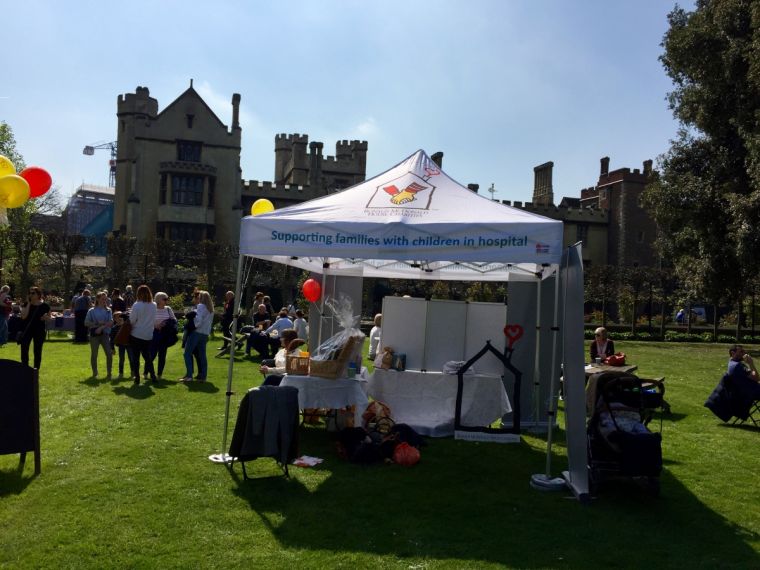
As head gardener Alistair Book explains in the guide given to visitors, almost the first thing you see after walking through the 1490 Morton's Tower, past Cardinal Pole's 1556 fig trees and across the courtyard past the main Palace, built in 1830, and enter the garden is the tantalisingly-evocative 'Mother and Child' statue, a special commission by Emma Pover.
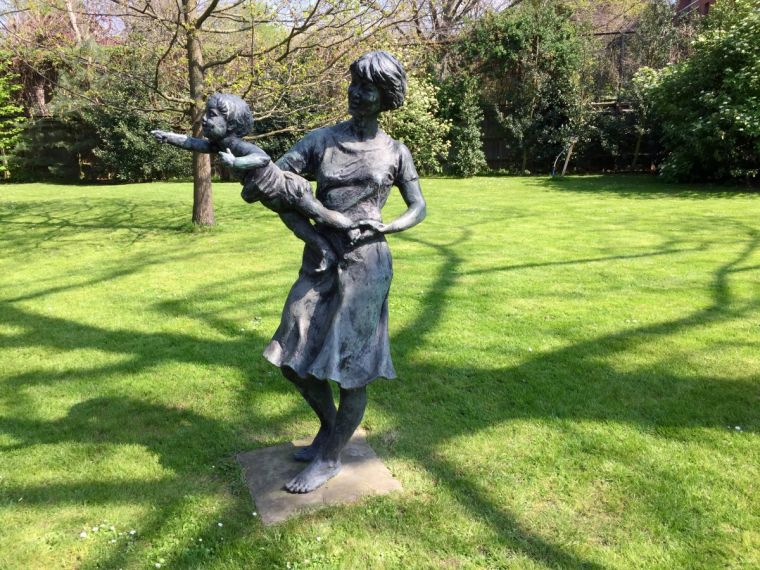
The many flowers at Lambeth include hellebores, snowdrops, winter aconites, pink and white cyclamen and snowdrops. The garden even has its own little shaded bluebell wood. And of course there is a 'Rowan Avenue' - although this is named after the tree, not Rowan Williams, predecessor to the present incumbent.
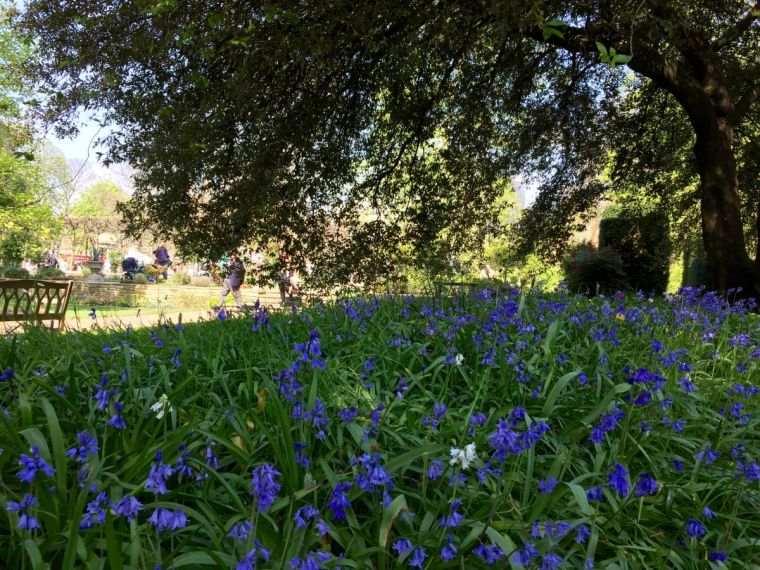
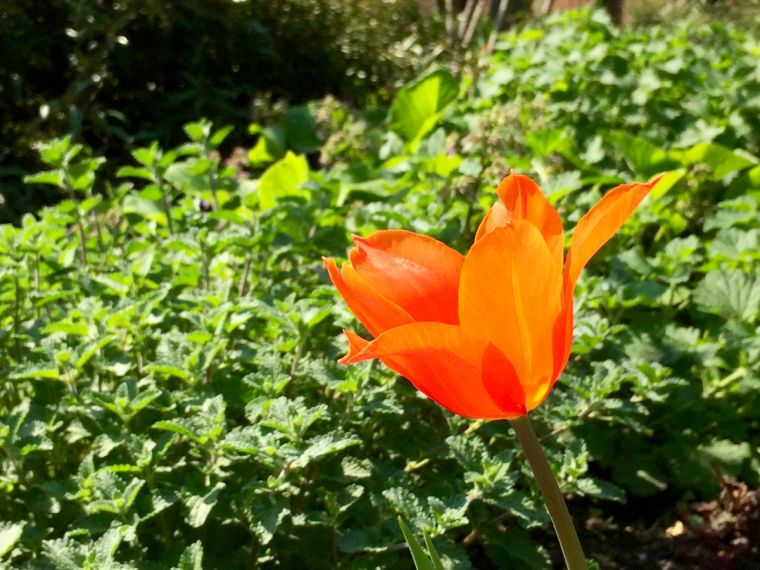
The rarely-seen garden view of Lambeth Palace shows from the rear the original medieval buildings that include the 1434 Lollard's Tower, once used as a prison, and 1550 Cranmer's Tower. There is no actual evidence to support the widely-held theory that Archbishop Thomas Cranmer wrote the Book of Common Prayer in this Tower - but it is interesting to imagine that he might have. The Rose Arbour is spectacular later in the summer, when the 'surpassing beauty' of the classic Woolverstone Church Rose can be enjoyed in all its glory.
